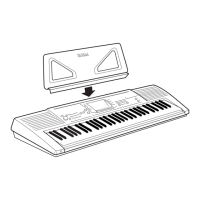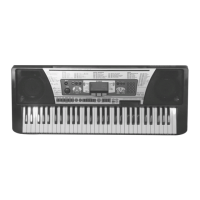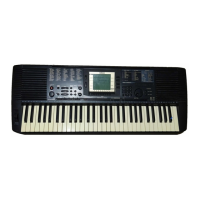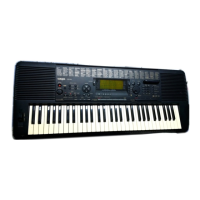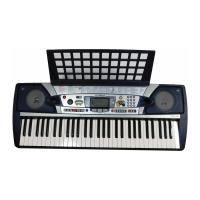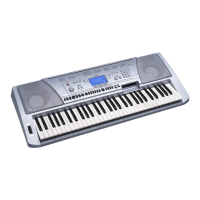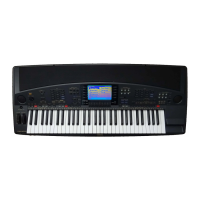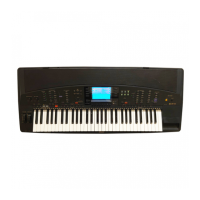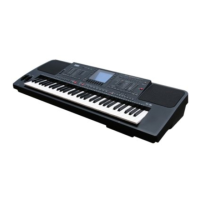How to stop noise when using mobile phone with Yamaha Musical Instrument?
- GgromeroJul 26, 2025
To prevent noise when using a mobile phone with your Yamaha Musical Instrument, either turn off the mobile phone or increase the distance between the phone and the PortaTone.


